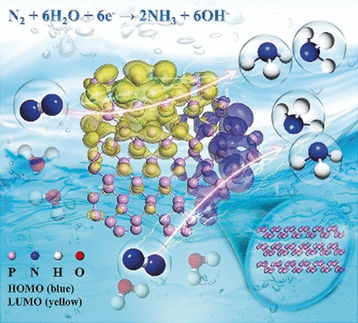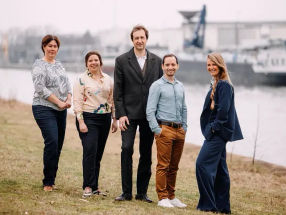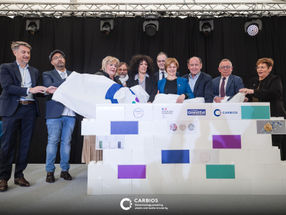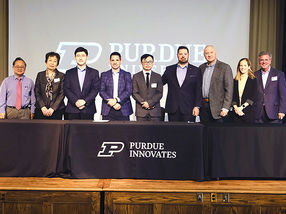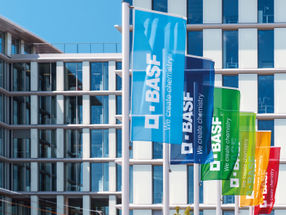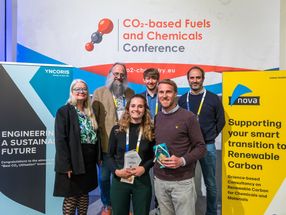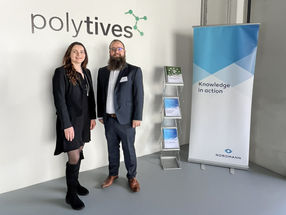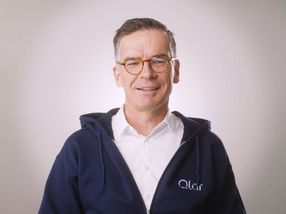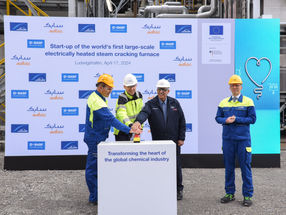Recovering Phosphate Market, a key to enhanced performance and value creation
IMC Global Inc. - 2003 annual meeting
19-May-2003
The continuing, long- term recovery of the global phosphate industry, coupled with a relentless focus on strengthening the balance sheet and reducing costs, are the catalysts for generating future higher earnings and increased shareholder value for IMC Global Inc., Chairman and Chief Executive Officer Douglas A. Pertz told shareholders in attendance and those listening by Webcast at the Company's 2003 Annual Meeting today.
Phosphate Cycle Recovery
Noting that 2002 marked the beginning of "what we believe is a multi-year recovery of the global phosphate market," Pertz voiced encouragement over the significant increases in export and domestic diammonium phosphate (DAP) prices since the start of 2003 due to a tighter supply-and-demand situation over the long-term. Even with near-term easement in pricing under way, Pertz said phosphate selling prices this year should nonetheless increase more year-over- year than in 2002 versus 2001.
"However, the improving margin potential from higher DAP prices is being greatly eroded to date by higher raw material inputs, including sharply increased ammonia costs from natural gas cost strength, as our first quarter results indicated," said Pertz, who noted some ammonia cost moderation is now occurring.
"We concur with industry consultants that ammonia and sulphur costs have likely peaked in the second quarter and should begin to moderate in the second half of the year and more so over the longer-term," Pertz said. He pointed to historical patterns that suggest improving phosphate fundamentals are more tied to tightening supply-and-demand rather than the relative level of raw material input costs.
The IMC Chairman added that the Company's potash business continues to deliver a relatively steady and consistent performance and is poised for improving results in 2003 and beyond against the backdrop of favorable global market fundamentals. Pertz said IMC Potash enjoys low-cost production, market share and product line leadership and, through a recent capacity expansion in Saskatchewan, "now has about two million tons of excess capacity that can be tapped as worldwide demand grows at a forecasted three percent annual rate."
Balance Sheet Improvement
A critical priority for IMC Global is to reduce balance sheet leverage and enhance financial flexibility, said Pertz, who reviewed steps taken in 2002 and 2003 to date to improve liquidity and retire debt. He said an acceleration of debt reduction is targeted through aggressive management of working capital, unlocking other free cash flow, increasing operating earnings, and selling certain non-core assets.
Noting that the Company has no scheduled debt maturity until 2005, Pertz pointed to last week's closing on a new, low-cost financing facility that "provides additional borrowing capacity and liquidity."
Low-Cost Leadership and Operational Excellence
Pertz told shareholders that IMC Global is relentless in its drive to ensure its industry-leading, low-cost producer position, as evidenced in recent years by "a series of major cost reduction and continuous improvement programs that form the foundation to achieve our objective of assuring a sustainable, long-term competitive advantage through a low-cost structure.
"Past and present actions demonstrate we aggressively manage what we can control and that we will continue to take sweeping actions that should support and enhance future earnings leverage," said Pertz. He explained that the implementation of a Six Sigma program three years ago is the foundation for IMC's continuous improvement program, a unique initiative in the industry that delivered cost savings in 2002 in excess of $8 million to help offset inflationary and competitive pressures.
Pertz detailed new cost reduction actions undertaken in early 2003, including an organizational restructuring program implemented in March that is targeted to generate pre-minority interest, pre-tax savings of more than $10 million per year through the elimination of 100 positions. A second and more comprehensive initiative is a broad-based, multi-year Operational Excellence program expected to deliver pre-minority interest, pre-tax savings of at least $70 million by 2005, with as much as $15 million by year-end 2003. Led by President and Chief Operating Officer John Ferguson, this re- engineering effort should result in increased efficiency, reduced costs and revenue enhancements through core business process redesign and maximization.
Most read news
Other news from the department business & finance

Get the chemical industry in your inbox
From now on, don't miss a thing: Our newsletter for the chemical industry, analytics, lab technology and process engineering brings you up to date every Tuesday and Thursday. The latest industry news, product highlights and innovations - compact and easy to understand in your inbox. Researched by us so you don't have to.
